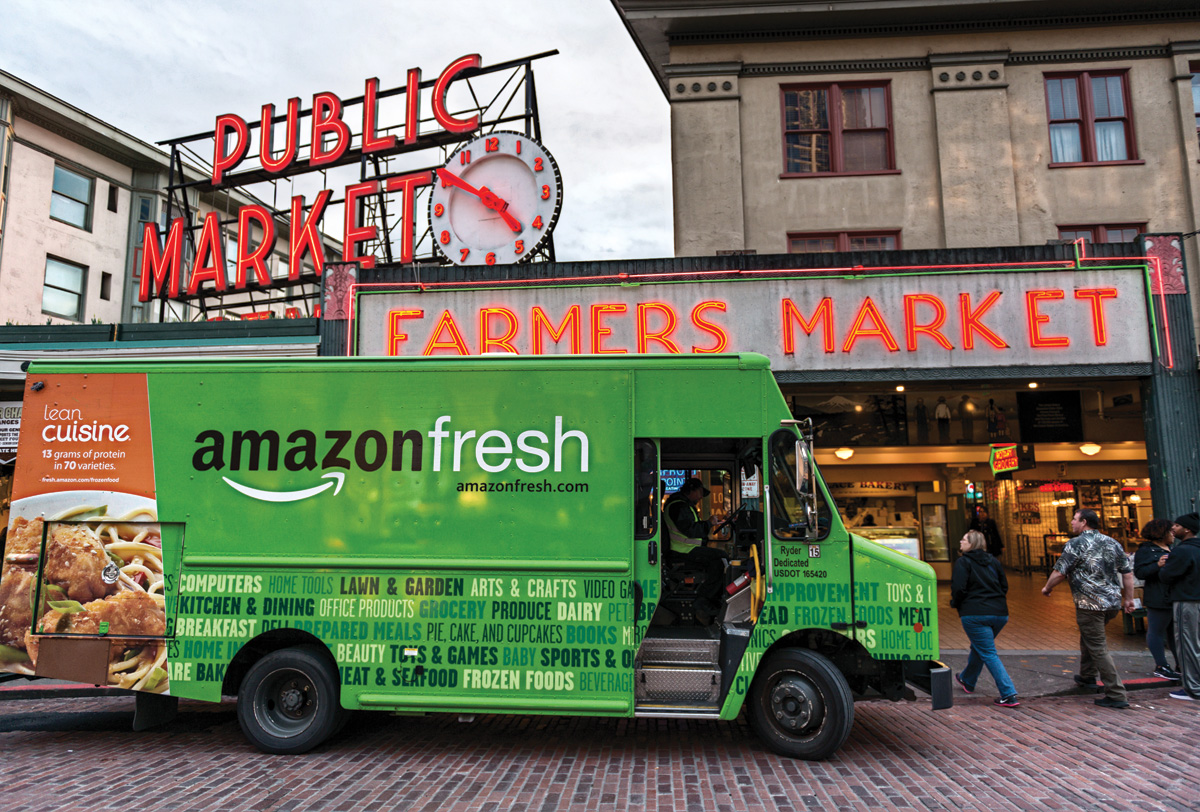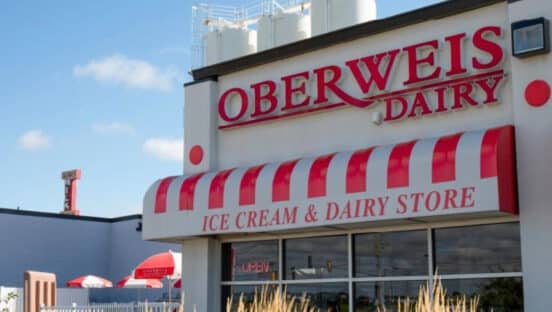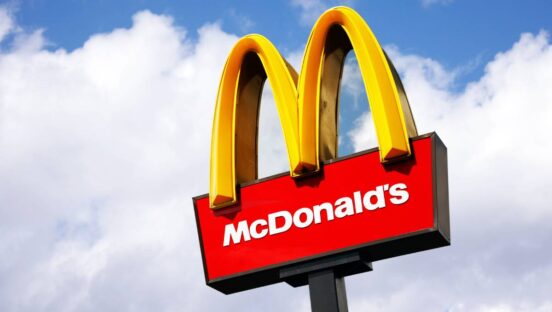Amazon is no stranger to the food space, and unafraid to play the role of category disruptor.
READ MORE: Can Amazon conquer food?
Per a Bloomberg report, the e-commerce behemoth is considering a plan to open as many as 3,000 new AmazonGo cashierless stores in the next few years. Citing “people familiar with the matter,” the growth would put Amazon in contention with C-stores like 7-Eleven and other quick-service outlets faster than any chain in history. Amazon has not commented openly about the plan, but it’s hard to put any figure—no matter how large—past the company’s potential. Amazon debuted its first cashierless store near its Seattle headquarters in 2016.
It has since announced two more locations in Seattle and one in Chicago. Two of the new units offer a limited selection of salads, sandwiches, and snacks. The other two, including the original AmazonGo, feature a small offering of groceries as well. So Amazon has models that mirror C-stores, as well as grab-and-go formats akin to some quick-serves. Bloomberg said Amazon could have 10 locations open by the end of 2018, and about 50 in major metros in 2019. The 3,000 number would be by 2021, according to the Bloomberg source.
Instead of cashiers, guests use a smartphone app to enter Amazon’s units. They scan their phones at a turnstile and then can grab their food and drinks without stopping at a cash register. Sensors and computer-vision technology detect what they take and bill automatically. The technology eliminates lines and lessens the checkout logjam so common in crowded markets.
What will this cost Amazon? The original store in Seattle ran more than $1 million just for hardware, according to Bloomberg’s article. Bloomberg spoke to Morgan Stanley analysts as well, and they predicted the expansion would cost Amazon between $0.5 billion and $3 billion. Amazon’s need to invest in in-store automation technologies, cameras, and sensors would likely push the price to the higher end, the analysts, led by Brian Nowak, said, adding that Amazon had $200 billion in total 2018 retail operating expenses.
For some perspective on where this growth would slot Amazon’s model, 3,000 restaurants would place it at No. 16 in the QSR 50 (in regards to U.S. locations), right behind Papa John’s (3,314 locations end of 2017) and in front of Jimmy John’s (2,755 restaurants). See where the rest of the industry ranks.
There are currently 155,000 C-stores in the U.S., with 122,500 of them combined with gas stations, according to NACS. Data showed that non-fuel purchases at C-stores measured to $233 billion in 2016. Cigarattes and other tobacco products, not food, were the best-selling items.
The source told Bloomberg that Amazon is targeting “dense urban areas with lots of young, busy, affluent residents willing to spend a little more than a typical fast-food experience for better quality food.” In other terms, the stores are more likely to challenge big city quick-serves and upscale fast casuals than suburban gas station C-store combos.
Amazon head Jeff Bezos said the company was interested in physical stores during a Washington, D.C. event a week ago. The company currently has about 20 bookstores and, of course, its Whole Foods Market presence following last July’s $13.7 billion merger.












